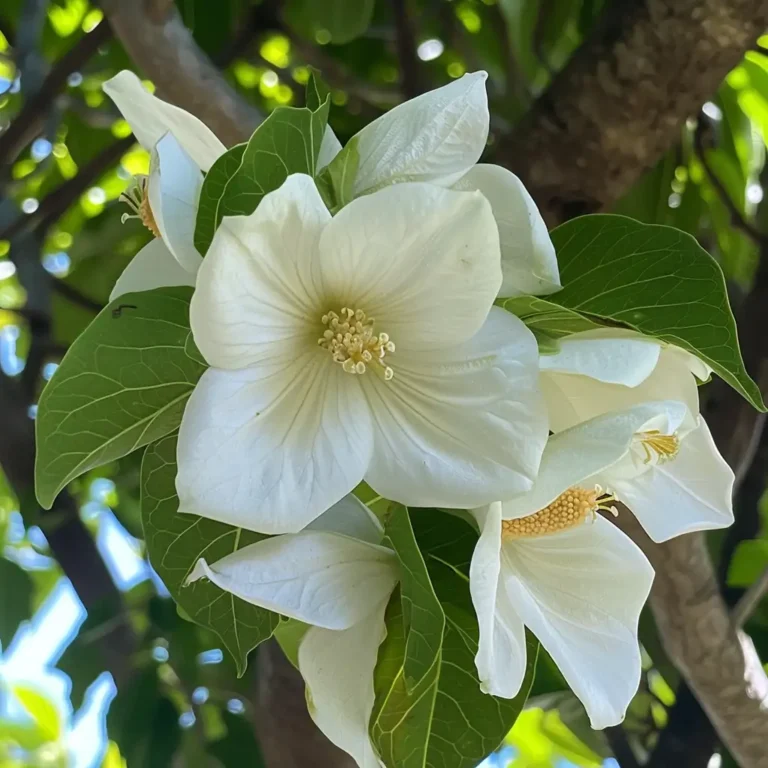Introduction
White Gardenia, also known as Gardenia Jasminoides, is a popular ornamental plant known for its beautiful and fragrant white flowers. This evergreen shrub is a favorite among gardeners due to its striking appearance and lovely scent. Understanding how to properly care for and cultivate this plant can enhance any garden or indoor space.
Botanical Description
The White Gardenia belongs to the Rubiaceae family. It is characterized by its glossy, dark green leaves and stunning white blooms. The flowers are often waxy and have a strong, pleasant fragrance that is most prominent in the evening. There are several varieties and hybrids of Gardenia, each offering unique features.
Historical Background
White Gardenia has a rich history and cultural significance. Originating in Asia, it has been cultivated for centuries for its beauty and fragrance. In various cultures, it symbolizes purity, love, and refinement.
Growing Conditions
For optimal growth, White Gardenia requires specific conditions:
- Soil: Acidic, well-drained soil
- Light: Prefers partial shade to full sun
- Temperature: Thrives in warm climates but can be sensitive to extreme cold
- Watering: Requires consistent moisture without waterlogging
- Humidity: High humidity levels are ideal
For detailed guidance, refer to the University of Florida Gardening Solutions: Gardenia.
Planting and Propagation
Gardenias can be planted and propagated in various ways:
- Planting: Best planted in spring or fall. Ensure the root ball is level with the soil surface.
- Propagation: Common methods include stem cuttings and seeds. Cuttings should be taken in early summer and rooted in a moist, sandy mix.
For more information, see the Gardenia Care Guide.
Care and Maintenance
Maintaining the health of your White Gardenia involves:
- Fertilization: Use an acid-based fertilizer monthly during the growing season.
- Pruning: Prune after flowering to maintain shape and encourage growth.
- Pest Control: Common pests include aphids, scale, and spider mites. Regular inspection and appropriate treatments are essential.
Uses and Benefits
White Gardenia offers several benefits beyond its ornamental appeal:
- Ornamental: Ideal for gardens, patios, and indoor decoration.
- Medicinal: Used in traditional medicine for its anti-inflammatory properties.
- Aromatherapy: The essential oil is popular in perfumes and relaxation products.
Challenges and Solutions
Gardenias can be challenging to grow due to their specific needs:
- Yellow Leaves: Often caused by chlorosis due to alkaline soil or iron deficiency.
- Bud Drop: Can result from overwatering, poor drainage, or temperature fluctuations.
- Pests: Regular monitoring and early intervention can prevent severe infestations.
FAQs
How do I get my gardenia to bloom?
- Ensure adequate light, proper fertilization, and avoid overwatering.
Why are the leaves of my gardenia turning yellow?
- This could be due to chlorosis, often caused by high soil pH or iron deficiency.
How can I propagate my gardenia?
- Propagation is typically done through stem cuttings taken in early summer.
What pests are common to gardenias?
- Aphids, scale, and spider mites are common. Regular inspection and appropriate pest control measures are necessary.
Conclusion
In summary, White Gardenia (Gardenia Jasminoides) is a stunning and fragrant addition to any garden. By understanding its specific growing conditions and maintenance needs, you can enjoy its beauty and scent throughout the year.

